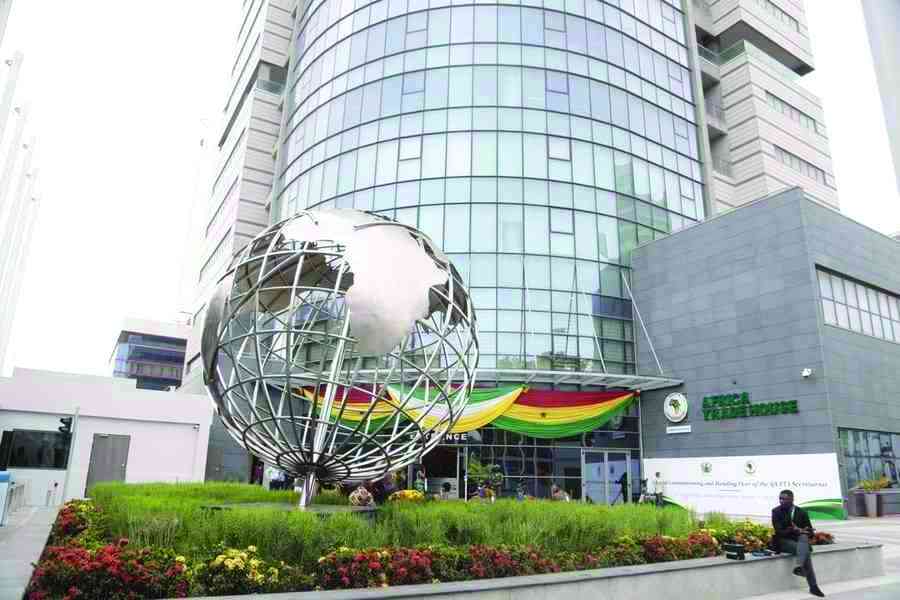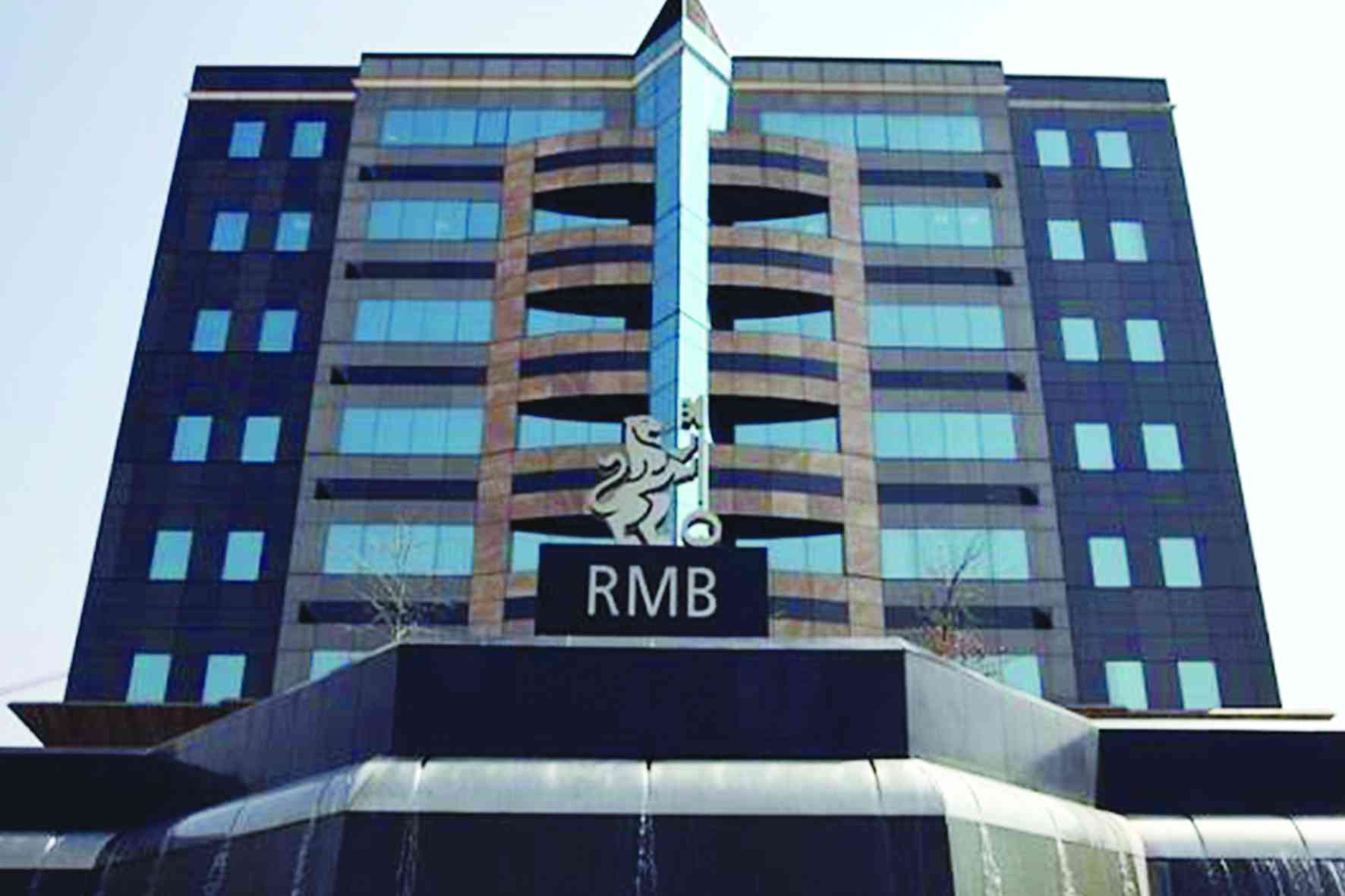
ABOUT half of Zimbabwe’s biggest exporters are not ready to begin trade under the African Continental Free Trade Area (AfCFTA), a senior government official told the Zimbabwe Independent last week, citing a string of hurdles.
Quoting statistics from the manufacturing industry, Douglas Runyowa, chief director in the Ministry of Industry and Commerce, said high interest rates were undermining Zimbabwean firms’ competitiveness in foreign markets, where landed costs of domestic products have ended up higher than those from competitors.
He said high production costs were also among the biggest setbacks confronting industries, as they enter what promises to be a highly competitive free trade bloc.
But escalating power cuts roiling industries for up to 16 hours daily have emerged as the biggest threat to Zimbabwe’s prospects in the free trade area, along with tariffs, estimated by the Chamber of Mines last week as the highest in the region.
Mining industry leaders said electricity tariffs of up to USc19/KWh had compounded the sector’s overheads.
Last week, mining firms said up to US$500 million in potential revenue for the industry has been wiped off in the past year as a result of the power cuts.
“According to a survey conducted by CZI, 50% of Zimbabwe’s large firms are not ready to compete in the AfCFTA,” Runyowa told the Independent.
“Zimbabwean companies, while eager to leverage the opportunities presented by AfCFTA, face several challenges that could hinder their ability to penetrate this vast market.
- Feature: Zim needs to shift its trade matrix
- AfCFTA: What is in it for Zimbabwean businesses?
- Embrace AfCFTA, Zim firms told
- Old Mutual tech hub trains start-ups
Keep Reading
“Zimbabwean companies often face limited access to affordable financing, which can hinder their ability to invest in new equipment, expand their operations, and meet the capital requirements of exporting to the AfCFTA market. High interest rates can make it more expensive for companies to borrow money, further limiting their financial resources,” Runyowa noted.
Funding constraints are expected to worsen as banks respond to the aggressive policy rate hike by the Reserve Bank of Zimbabwe recently, which is expected to increase the cost of lending.
The central bank raised interest rates —the profit that banks charge to borrowers — to 35%, from 20%. These costs are generally passed on to consumers.
The apex bank also increased banks’ statutory reserve requirements, which is expected to reduce funds available for lending.
Zimbabwe, along with 54 other African countries, is hoping to take advantage of the AfCFTA to expand its regional footprint, leveraging on improved conditions for funnelling products into member countries.
For Zimbabwe, these opportunities are projected to improve foreign currency inflows, and widen markets to make up for diminishing spending at home.
Local consumers have been affected by job losses triggered by de – industrialisation. The 55–member AfCFTA, with a combined gross domestic product of over US$3,4 trillion, opened in 2021.
Members’ plan is to remove duty on 90% of goods originating from the continent, in the same way European Union members states have managed to improve intra-regional trade.
The bloc aims to deepen African trade and economic integration.
The World Bank estimates that the trade pact would boost regional income by 7% or US$450 billion, speed up wage growth and lift over 30 million people out of extreme poverty by 2035.
Over time, the market is expected to eliminate import tariffs on 97% of goods traded on the continent.
It is also envisaged to eliminate non-tariff barriers.
Intra-Africa trade has historically been low.
In 2019, only 12% of Africa’s US$560 billion worth of imports originated within the continent.
However, in 2022, AfCFTA secretary general, Wamkele Mene highlighted that the country had huge potential.
He said Zimbabwe can be competitive in a number of sectors.
Negotiations to establish the rules of origin, which determine the source of a product, were finalised in 2023. These were critical for determining eligibility for tariff concessions under AfCFTA.
As of May 2024, 41 out of 55 member states had submitted their “Schedules of Tariff Concessions” to the AfCFTA secretariat.
These schedules outline the products that a country is willing to reduce or eliminate tariffs on for other member States.
Zimbabwe is included in this group. While 36 countries have had their tariff offers approved, allowing them to trade under the AfCFTA's reduced tariffs, Zimbabwe's offer is still under review.
Zimbabwe's provisional schedules of tariff concessions for Category A were approved by in July 2024.
Zimbabwe is now poised to enter the second phase of the Guided Trade Initiative.
However, to participate in the second phase, Zimbabwe must fulfil several key requirements including developing a national strategy.











